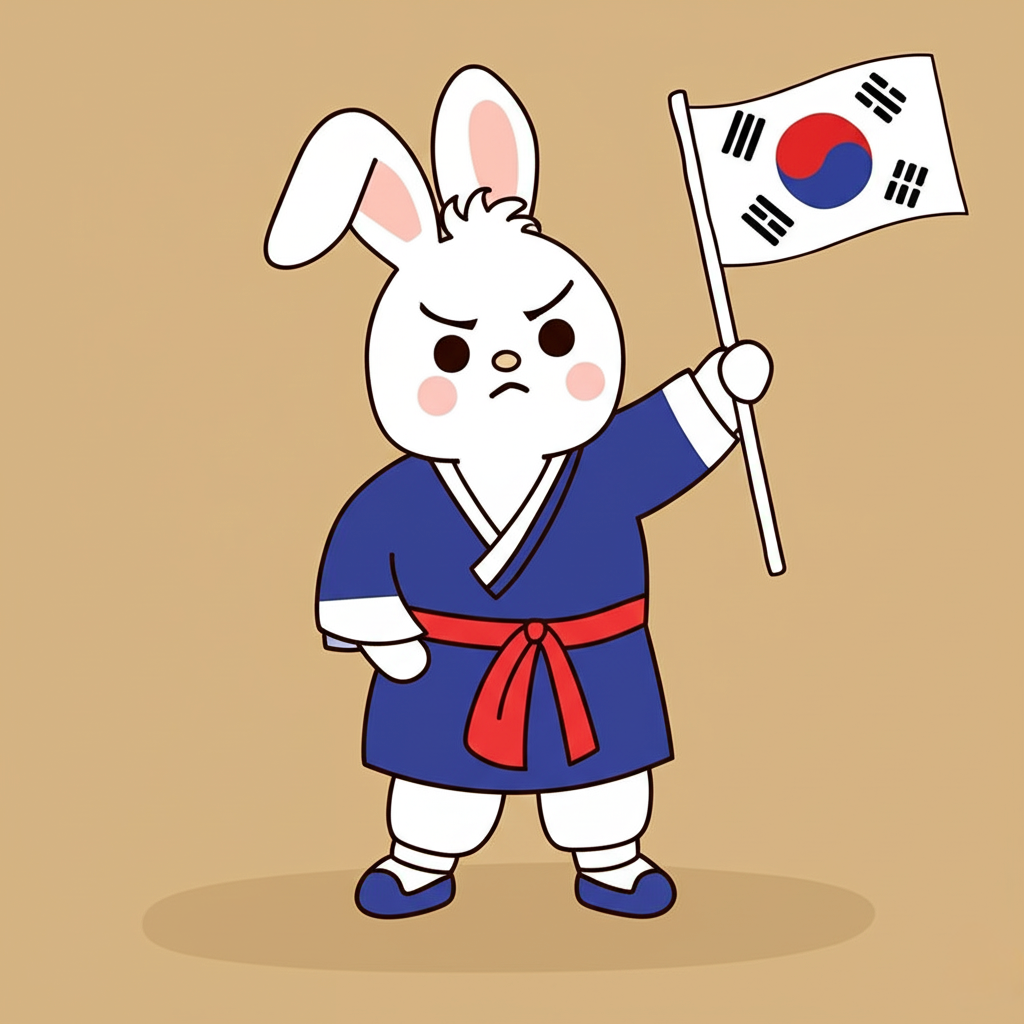A little more than a week ago (August 15th), Korea (both North and South!) celebrated their liberation from Japanese colonial rule. It was a big one this year, as it marked the 80th anniversary of freedom of oppression.
Today, we'll talk about the language surrounding Liberation Day and the history behind it.
Let's dive into the history and language of 광복절!

The name of liberation day, 광복절, already packs a lot into it:
광 (Sino-Korean) = light, brightness, radiance
복 (Sino-Korean) = return, restore, recover
절 (Sino-Korean) = festival, holiday, season
So, the term 광복절 quite literally means: "Day of Restored Light", which encapsulates the spirit that Korea was always there, but was oppressed for so long.
Similarly, the word liberation in Korean is 광복, which means "restoration of light" - super poetic.
From here on out, I'll also stop marking things as Sino-Korean since nearly all of the words from here are of that form rather than purely Korean words.
From the period of 1910 to July 15th 1945, Japan occupied Korea, in a period called 일제강점기
일제강점기 = 일 (Japan) + 제 (Imperial) + 강 (force, strong, coercion) + 점 (occupy, seize) + 기 (period, era)
일제강점기 = Period of Imperial Japanese Forced Occupation
Rather than specify the period as just Japanese colonial occupation, this phrases emphasizes the forced nature of the occupation and Korea's resistance towards it.
In fact, language was such an important part of the resistance at that time, there was an incident in 1942.
조선어학회 사건 (The Joseon/Korean Language Society Incident)
In 1942, thirty-three Korean scholars were arrested for what seemed like an academic project: creating a comprehensive Korean dictionary. The 조선어학회 (Joseon Language Society) had been quietly working on their 큰사전 (Big/Great + Dictionary) to preserve Korean 어휘 (vocabulary) and standardize 문법 (grammar).
But under Japan's intensifying 황국신민화 정책 (Imperial Subject-making policy), which banned Korean language use entirely, their linguistic work became an act of 문화적 저항 (cultural resistance). To Japanese authorities, preserving 한국어(Korean) meant maintaining dangerous 민족의식 (people + clan/tribe + mind/thought + knowledge = national consciousness) that threatened their 동화 (same/identical + transform/become/change = assimilation) goals.
The arrested scholars faced brutal 고문 (beat/strike + ask/question = torture) in prison, two scholars dying in custody as 순국자 (martyrs) for their 모국어 (mother tongue). Their 죄목 (offense) was believing that 말 (words) carried the 혼 (soul) of a people and that language preservation was essential for 문화적 생존 (cultural survival).
There's another word for liberation (해방), so you might wonder why it is called 광복절 instead of 해방절?
Well, in North Korea it is actually called 조국해방의 날 which means "Liberation of the Motherland Day"! Feels very North Korean.
For 광복절and on March 1st (where, in 1919, there was a large movement against Japanese colonial rule), it's very common to hear:
대한민국 만세! = Long Live the Republic of Korea! (만 (ten thousand, infinite) + 세 (years))
How to celebrate 광복절
Usually, people are pretty happy that they get a day off since a lot of companies close for the national holiday. But given that this was a big year (given it is the 80th anniversary), there were more celebrations than usual! With flag-raisings, speeches, museum activities, and concerts - it was a whole vibe.
There are some historical sites like 서대문형무소역사관 (Seodaemun Prison History Hall), 천안 독립기념관 (Independence Hall of Korea in Cheonan), and 서울 안중근의사 기념관 (Ahn Jung-geun Memorial Hall in Seoul) that you can check out when you're in Korea to learn more about the history of the independence movement!